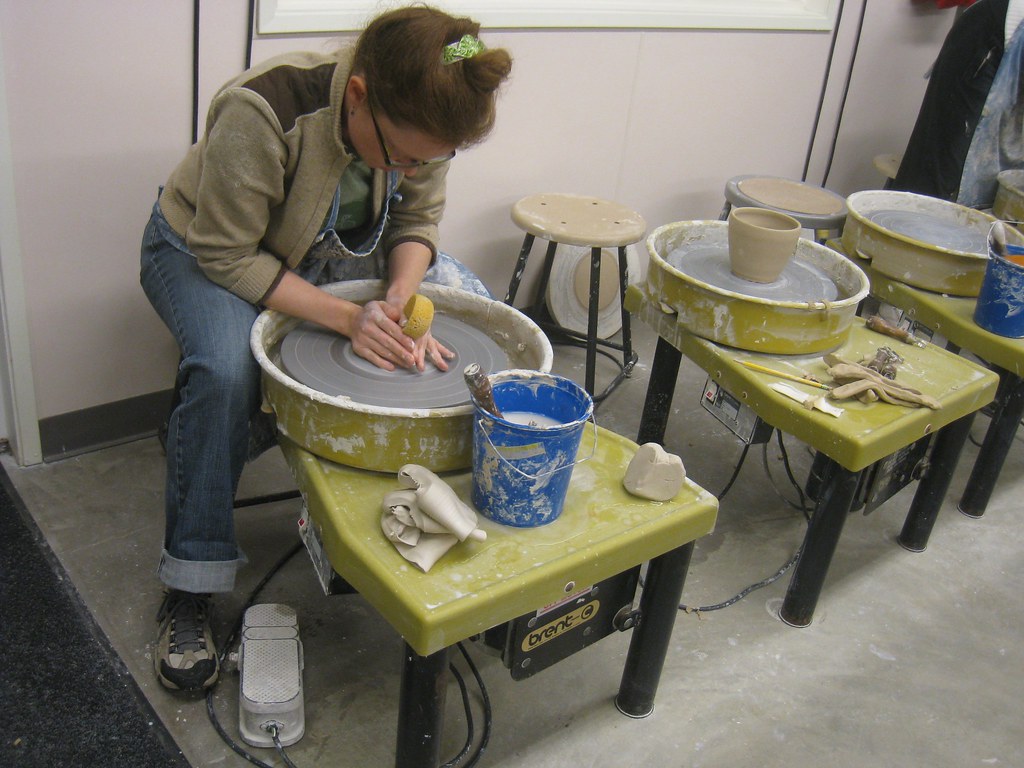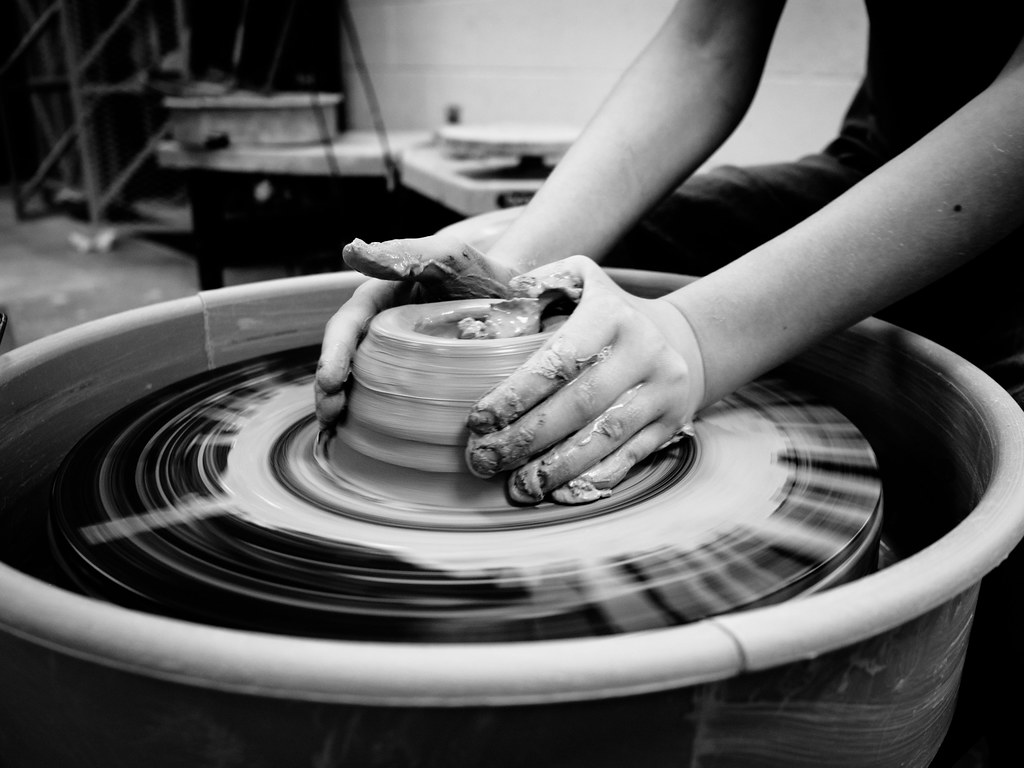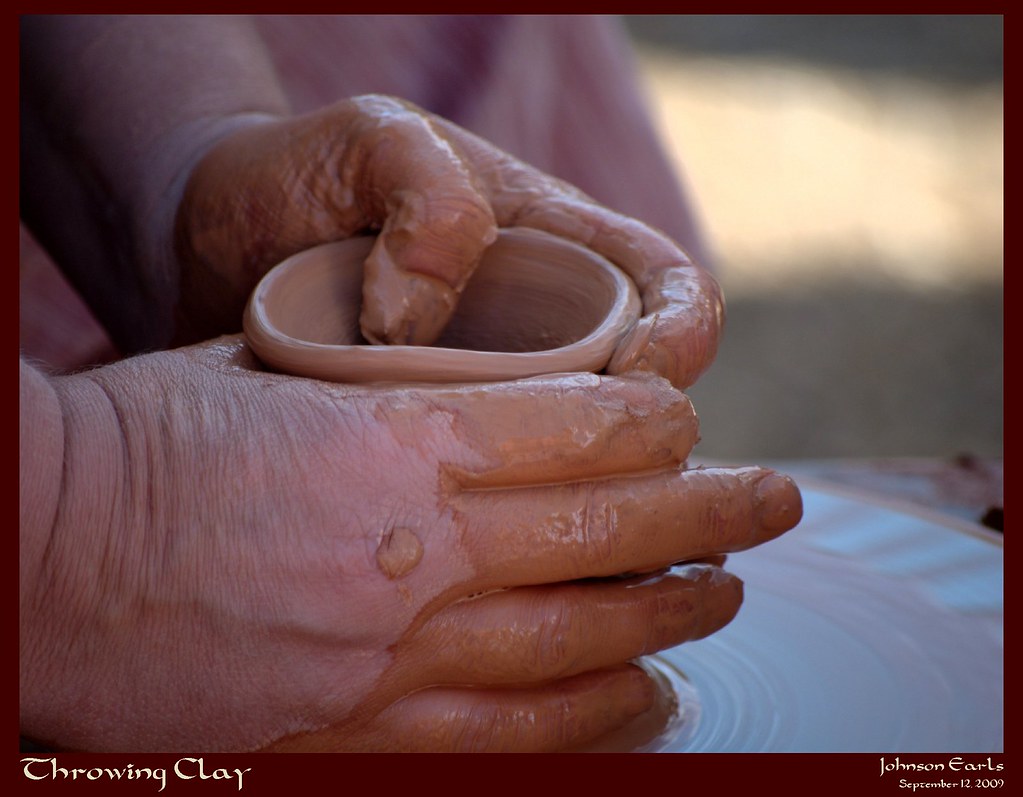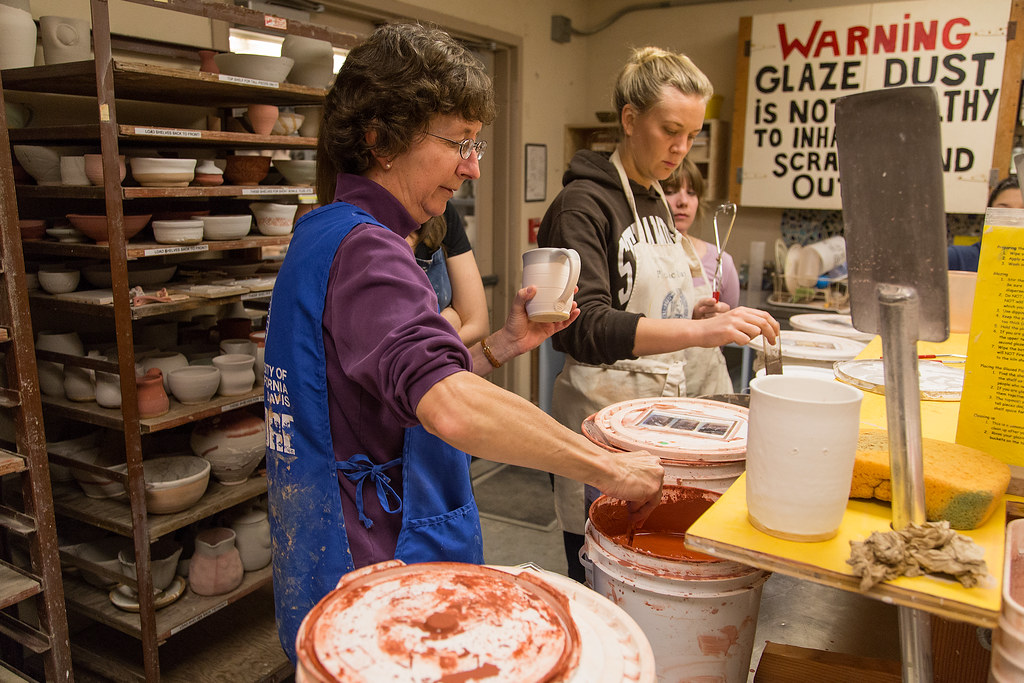Ceramic Arts: Unveiling the Science Behind the Art
In the world of ceramics, art and science intertwine to create fascinating works that combine aesthetic appeal with technical precision. Whether you’re a seasoned potter or an amateur enthusiast, understanding the underlying principles can enhance your appreciation of ceramic arts. Let’s delve into the scientific aspects that make ceramics such a captivating medium.

The Foundations of Clay
At the heart of all ceramic creations is clay, a natural material harvested from the earth. Clay is composed primarily of fine-grained minerals, which give it plasticity and allow it to be molded into various shapes and forms. As clay dries, these formations hold their shape, but it’s during firing that the transformation truly begins.

The Science of Firing
Firing is a crucial step in ceramic making, turning the soft clay structures into hardened, durable objects. This process occurs in a kiln, where high temperatures cause chemical changes in the clay, leading to vitrification. Vitrification involves the formation of a glassy phase within the clay body, making it impermeable to water.
This transformation is not only fascinating but also essential to the strength and functionality of ceramic pieces. The intense heat causes silica and other minerals to melt and bind, creating the characteristic durability of fired ceramics.

Glaze: The Decorative Finishing Touch
Another scientific aspect of ceramics is glazing. Glazes are applied to the surface of pottery and then fired in the kiln, where they undergo a transformation to create a smooth, often glossy finish. The glaze consists of finely ground minerals and other components that, when melted, fuse to the ceramic surface. This adds both aesthetic appeal and a protective layer to the ceramic work.
The chemistry of glazes can be quite complex, involving various oxides and compounds to achieve a range of colors and effects. For example, adding cobalt oxide results in a deep blue finish, while iron oxide produces earthy tones.

The Role of Centrifugal Force in Pottery
Creative techniques are continually being explored in ceramics, including the intriguing application of centrifugal force. Potters often use a spinning wheel to shape their works, leveraging the centrifugal force generated by the wheel to aid in forming symmetrical pieces. To learn more about innovative uses of centrifugal force in art and science, you can explore the insights shared by Jasmine Isaacson at the Centrifugal Force spotlight.

Centering as a Craft and Science
Centering the clay on the wheel is a critical skill for potters, requiring both technique and an understanding of the material’s behavior. This process ensures uniformity in the final product and is fundamental to successful wheel throwing. For a deeper dive into the centering process and its significance in ceramics, consider visiting resources offered by Moberly Area Community College.
Conclusion
The art of ceramics exemplifies the seamless blending of creativity and science. By appreciating the scientific principles behind clay formation, firing, glazing, and other techniques, we gain a deeper understanding and admiration for ceramic art. Stay updated with the latest developments and discussions in the ceramic arts by checking out our recent blogs and articles.
5 Essential Tips for Centering Clay
Centering clay is the foundation of any successful pottery piece, serving as the crucial starting point for both novice and seasoned artisans. To further enhance your centering skills, check out Florian Gadsby’s YouTube video, “5 Tips & Tricks for Centering Clay — A Beginner’s Guide,” which offers valuable insights and practical techniques to help you master this vital process.
Why Is Centering Clay So Hard?
If you’ve ever found yourself wrestling with clay that won’t cooperate on the pottery wheel, you’re not alone. One common issue is using clay that’s simply too wet. Overly moist clay tends to be sticky and won’t hold its shape, making the centering process feel frustrating. Fortunately, you can remedy this by kneading the clay to work out excess water or allowing it to dry on a plaster slab until it’s at a more manageable consistency. Once the clay has firmed up, you’ll find it much easier to center and shape into your desired creation.
Centering your clay properly is truly the cornerstone of creating beautiful and balanced pottery. Whether you’re just starting out or have been shaping clay for years, mastering this essential technique ensures that your pieces not only look great but also function well. Remember, patience and practice are your best friends in the pottery wheel!
Stay Connected and Keep Creating
I'd love to see your pottery journey and share more tips and inspiration with you! Make sure to follow us on Instagram for the latest updates, tutorials, and a vibrant community of fellow clay enthusiasts. Let's keep the creative energy flowing together!
